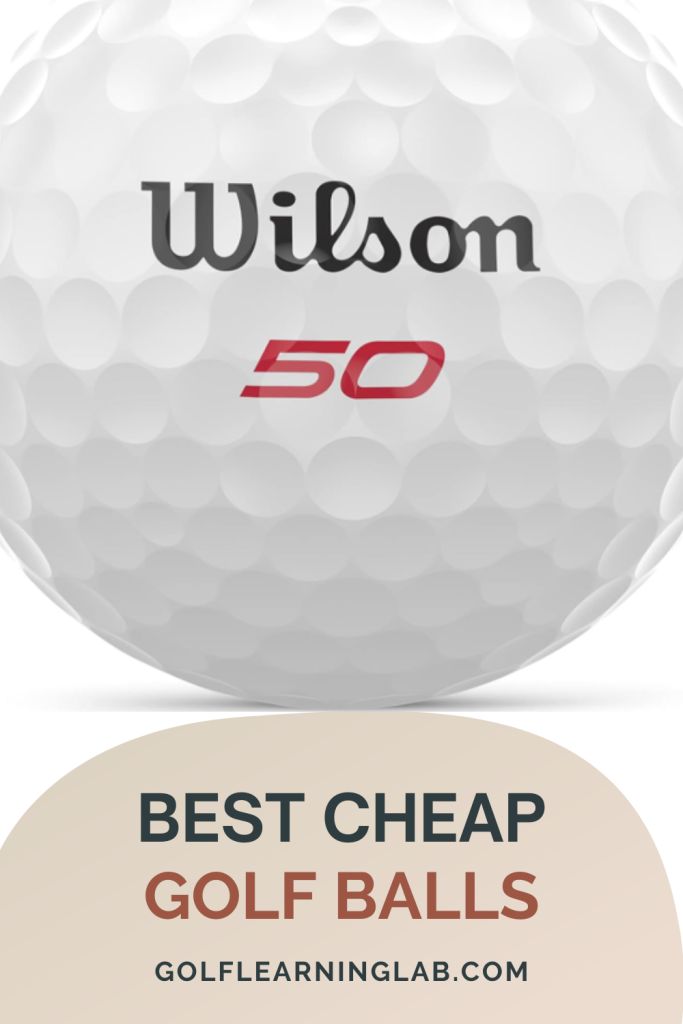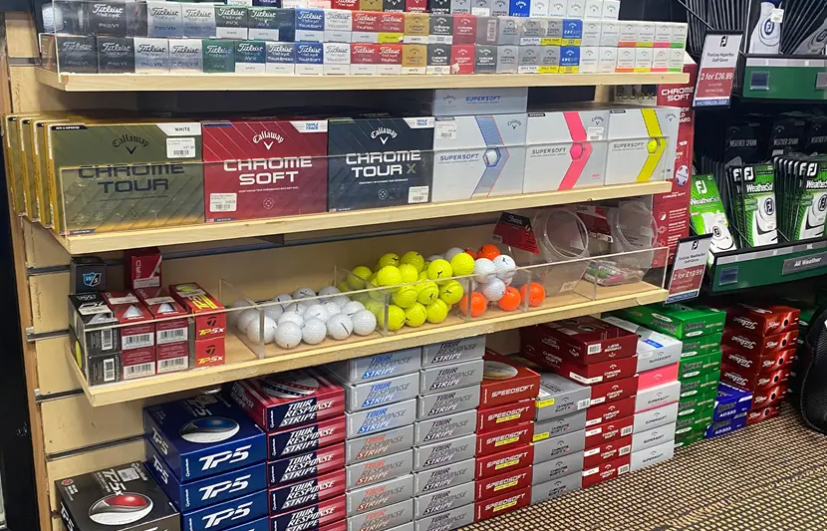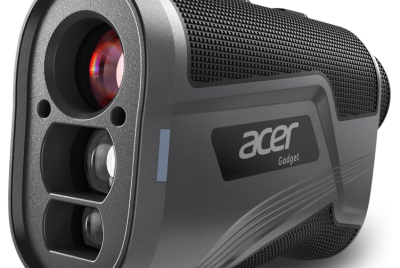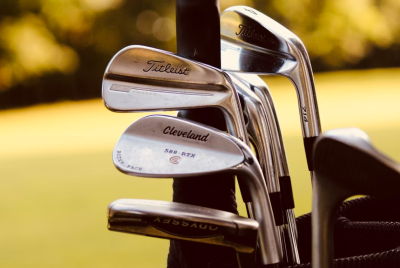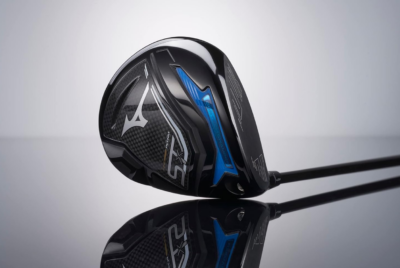Best Cheap Golf Balls: Golf Nerds Unite
Look, I’m not going to pretend I’ve always been the person asking what are the best cheap golf balls. For years, I convinced myself that spending $50 on a dozen Pro V1s was somehow going to transform my 16-handicap into something respectable. Spoiler alert: it didn’t. What it did do was make me incredibly nervous every time I stepped up to a water hazard, which is basically every third hole at my local course.
The turning point came last summer when I shanked three brand-new premium balls into the woods on consecutive holes. As I watched that third ball disappear into the underbrush… probably to start a new life with the other 47 balls I’d donated to that forest. Then, something clicked. I was literally throwing money into trees. Even my playing partner, who’s too polite to mock me directly (I’m just kidding- he does), gave me that sympathetic head tilt that somehow felt worse than outright laughter.
That’s when I started my slightly obsessive deep-dive into budget golf balls. I’m talking spreadsheets, forum rabbit holes at 2 AM, and enough comparison charts to wallpaper my spare room. What I discovered genuinely surprised me: the gap between cheap and expensive golf balls is way smaller than the golf industry wants you to believe, especially for recreational players like me.
Why I Started Caring About What Are the Best Cheap Golf Balls
Here’s the uncomfortable reality: most of us recreational golfers lose or damage multiple balls per round. I tracked my ball casualties over ten rounds last season: I lost an average of 4.3 balls per 18 holes. That’s not even counting the ones I found that were too scuffed to use. At premium prices, that’s $15-20 per round just in golf ball attrition. Over a season? We’re talking several hundred dollars literally lost in the rough.
The Awkward Truth About Golf Ball Snobbery
I used to judge people playing with budget balls. Internally, obviously I’m not a monster. But I’d see someone pull out a no-name ball and think, “Well, they’re not serious about golf.” Turns out I was just gatekeeping a sport that’s already expensive enough without my help.
The reality that multiple professional tests have confirmed is this: for golfers with swing speeds under 105 mph (which is most of us—mine hovers around 90 mph on a good day), premium balls don’t provide enough performance benefit to justify their cost. That’s not opinion; that’s backed by robot testing and launch monitor data. Yes, robots are testing golf balls now. We’re living in the future, and apparently, the future thinks we’ve been overpaying.
What Actually Makes a Golf Ball “Good” (Spoiler: It’s Not Always Price)
Before I recommend specific balls, let me save you from making my early mistakes. I used to think golf balls were basically all the same except for the logo. Then I thought the opposite, that every tiny detail mattered immensely. The truth sits somewhere in the boring middle- true for most things.
The Science-ish Part Nobody Wants to Read (But Should)
I’ll keep this brief because I know you’re scrolling, and I respect that. But understanding these basics will genuinely help you choose the right ball without relying on marketing hype or that guy at your club who “knows golf” because he watches the Masters.
Compression Numbers: What They Mean for Your Wallet
Compression ratings measure how much a ball deforms at impact. Lower compression (around 40-70) means the ball compresses more easily, which benefits players with slower swing speeds. Higher compression (90+) requires more force to compress fully- force that many recreational players simply don’t generate consistently.
Here’s what nobody tells you: if you’re not compressing a high-compression ball properly, you’re actually losing distance and feel. It’s like trying to squish a tennis ball with your bare hands versus a foam stress ball. The stress ball responds; the tennis ball just mocks your efforts.
Two-Piece vs. Multi-Layer Construction
Two-piece balls have a core and a cover. That’s it. Simple, durable, and generally cheaper. Multi-layer balls add intermediate layers for better spin control and feel. Sounds better, right? Well, maybe. If you’re hitting precise approach shots and reading greens like a topographical map, those extra layers matter. If you’re me, occasionally hitting greens and mostly just hoping to avoid three-putts, the difference is negligible.

My Top Picks for What Are the Best Cheap Golf Balls in 2025
After way too much research and actual on-course testing (I played the same course with different balls to compare, and yes, I know how that sounds), here are my genuine recommendations. All of these are currently available for purchase, and I’m not getting paid to recommend them, which is disappointing but keeps things honest.
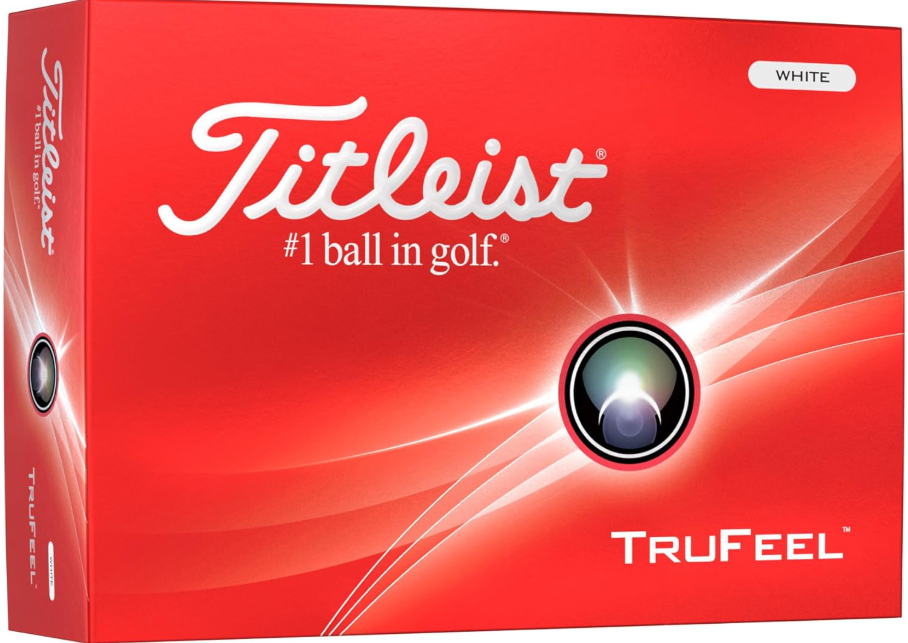
Titleist TruFeel – The Overachiever
Price Range: $22-26 per dozen
The TruFeel is what I’m currently gaming, and honestly, I’m a little annoyed at how good it is for the price. This two-piece model features a softer cover that provides extra greenside spin and control, with a lively, springy feel around the greens.
Why I recommend it:
- It feels surprisingly premium off the putter face
- The 60 compression rating works perfectly for my mediocre swing speed
- It’s durable enough that I can play the same ball for multiple holes (assuming I don’t lose it)
- The Titleist name means I can play it without my playing partners giving me grief
Real talk: You’re paying a small premium for the Titleist brand, but the performance justifies it. If someone asked me to recommend just one ball for most recreational golfers, this would be it.
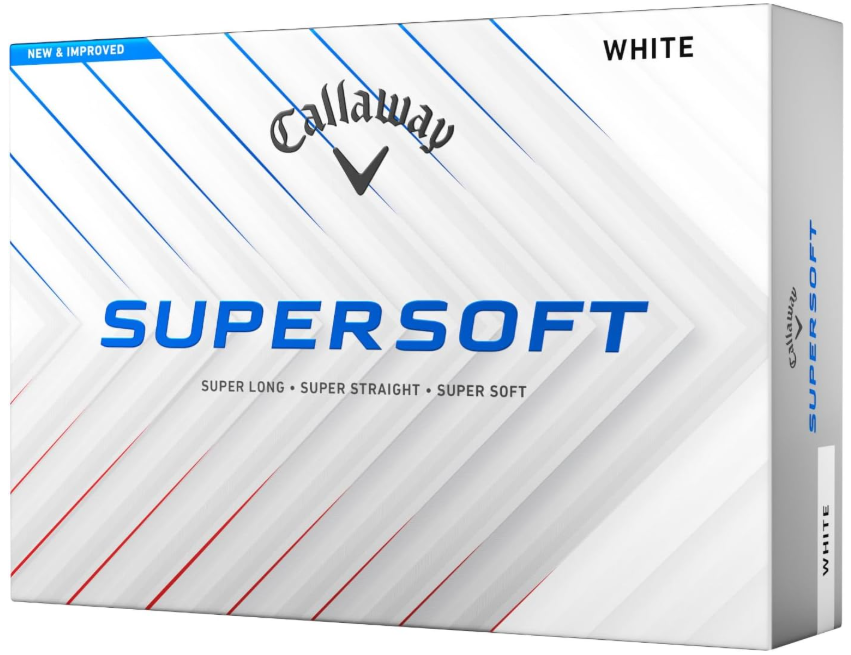
Callaway Supersoft– The Crowd Pleaser
Price Range: $20-24 per dozen
The Supersoft lives up to its name in a way that actually matters. With a 38 compression rating, this ball is ridiculously easy to compress, which translates to decent distance even when you don’t make perfect contact.
Why I recommend it:
- Genuinely soft feel that’s noticeable on every shot
- Consistently straight flight pattern (or as straight as my swing allows)
- Excellent visibility in various conditions
- Low spin off the driver helps reduce slices (we all know someone who needs this)
Real talk: If you struggle with swing speed or tend to slice/hook, the Supersoft’s low spin characteristics will genuinely help. It won’t fix your swing, but it’ll make your bad shots less catastrophic.
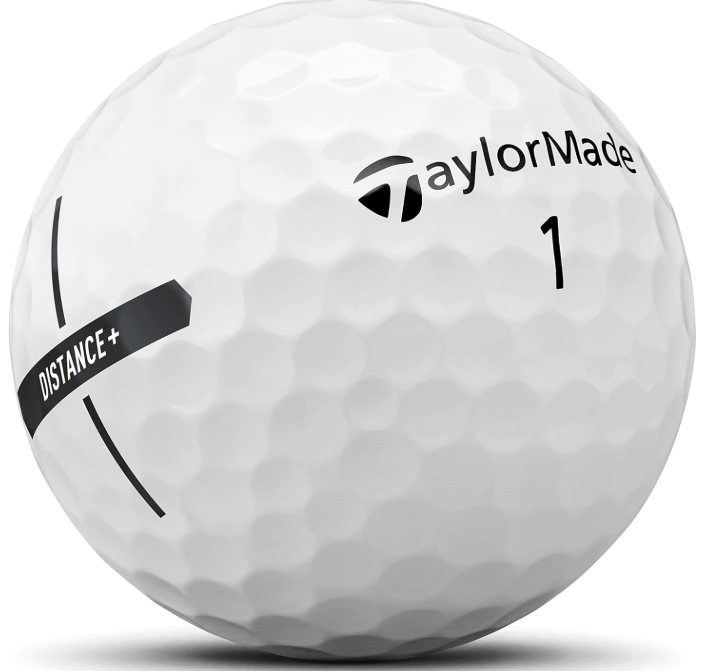
TaylorMade Distance+ – The Budget Champion
Price Range: $18-22 per dozen
The TaylorMade Distance+ is a two-piece ball that offers many of the benefits you’d expect from a multi-layered ball, but at a more budget-friendly price
Why I recommend it:
- Legitimate distance off the tee
- Incredibly durable cover that survives cart path encounters
- Great option when playing courses where you know you’ll lose balls
- Performance that punches above its price point
Real talk: This is my “playing a new course” ball. When I don’t know where the trouble is and expect to donate a few balls to the golf gods, I’m not pulling out my TruFeels. The Distance+ gives me solid performance without the financial anxiety.
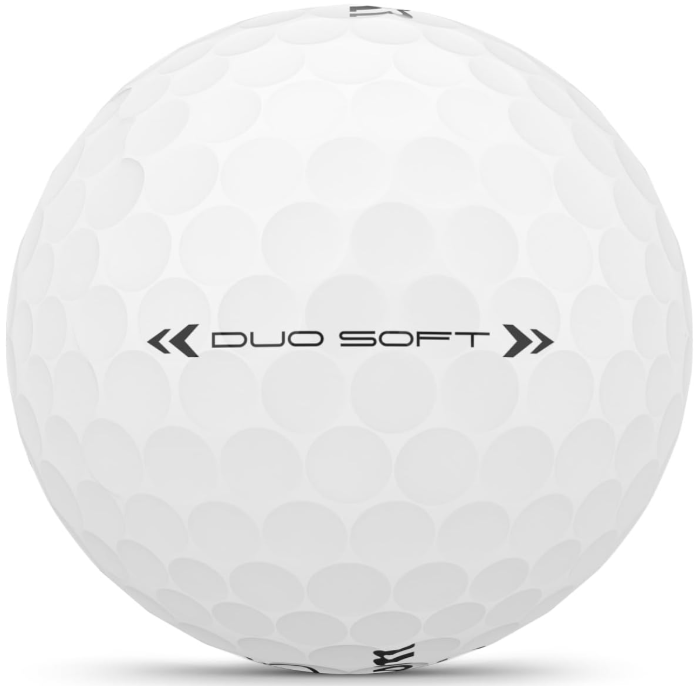
Wilson Duo Soft– The Underdog
Price Range: $19-23 per dozen
The Wilson Duo Soft is the world’s softest golf ball and delivers high performance for the right golfer . That “right golfer” is anyone who values feel and touch around the greens over maximum distance.
Why I recommend it:
- The 29 compression rating is absurdly soft
- Excellent control on approach shots and chips
- Surprisingly good durability despite the soft construction
- Wilson is quietly making really good budget equipment
Real talk: If you’re confident with your driver and want more control in your short game, the Duo Soft is worth trying. It won’t be the longest ball off the tee, but that extra feel around the greens can save strokes where it actually matters.
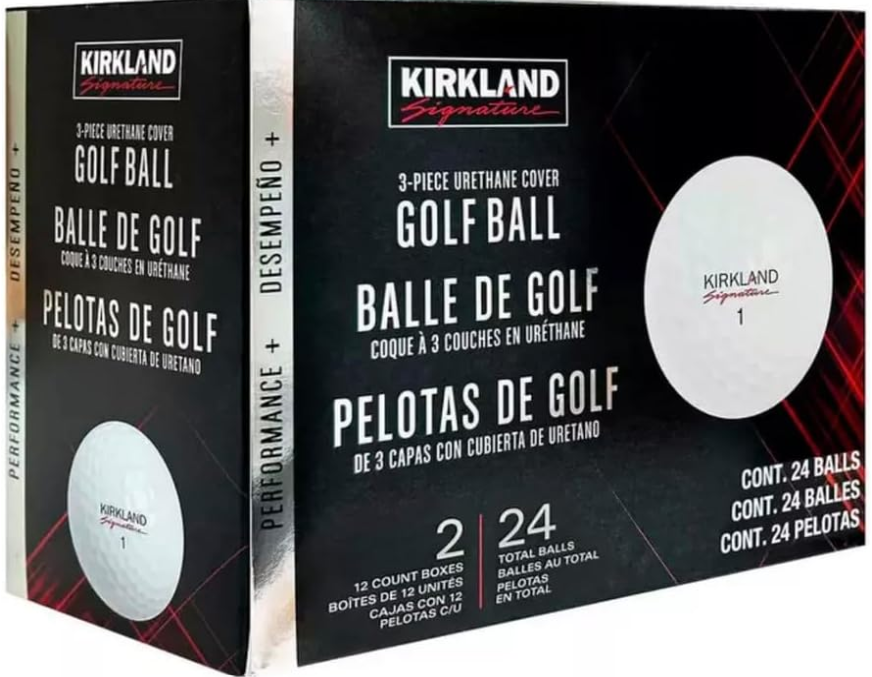
Kirkland Signature V3.0- The Plot Twist
Price Range: $25-28 per dozen
I know, I know—Costco golf balls. But hear me out. The Kirkland Signature V3.0 is one of the best golf balls tested in 2025, excelling as a cheap golf ball, value option, high-spin ball, and three-piece construction.
Why I recommend it:
- Three-piece construction at a two-piece price
- Performance that legitimately competes with $40+ balls
- Excellent spin characteristics around the greens
- Great feel off the clubface
Real talk: The only downside is you need a Costco membership to get them. But if you already have one, these balls are borderline ridiculous value. I’ve had playing partners literally not believe me when I told them what they cost. See our Kirkland article here! Spoiler, I’m a BIG FAN!
When Cheap Golf Balls Actually Outperform Expensive Ones
This is where things get interesting. I used to assume premium balls were always better—that “you get what you pay for” and all those other clichés we tell ourselves to justify spending money. But the data tells a different story.
Real-World Testing Results That Made Me Question Everything
The cheapest golf balls tested, including the Pinnacle Rush and Srixon Soft, were priced at less than $25.00 for a dozen. These balls were put through robot testing—literal robots hitting balls to eliminate human inconsistency. And you know what? The performance gap between these budget options and premium balls was shockingly small for recreational players.
Key findings that changed my perspective:
- Distance: Budget balls typically lost only 3-5 yards compared to premium balls with driver shots at recreational swing speeds
- Spin: Two-piece budget balls actually helped reduce unwanted side spin, leading to straighter shots
- Feel: Subjective, but many testers couldn’t reliably distinguish between mid-range and premium balls on full shots
- Durability: Budget balls often outlasted premium balls due to tougher cover materials
The truth is, for most of us, what are the best cheap golf balls isn’t really the question. The question is: “Which balls give me 90% of the performance at 50% of the cost?” And the answer is: most of them.
How I Actually Choose Golf Balls Now
I’ve simplified my decision-making process because I was spending more time researching balls than actually playing golf. Here’s the framework I use now, and I think it’ll help you too.
The Three-Question Method
Question 1: What’s my realistic swing speed?
If you don’t know, assume it’s average (90-95 mph for most recreational players). This means low-compression balls will work better for you. Don’t let your ego convince you that you need the same ball the pros use. The pros hit 115+ mph. You don’t. I don’t. It’s fine.
Question 2: How many balls do I typically lose per round?
If it’s more than two, you need budget balls. Period. There’s no world where losing $5+ per ball makes financial sense for recreational golf. Save the premium balls for tournaments or special rounds if you must, but your regular weekend round? Budget all the way.
Question 3: What part of my game actually needs help?
If you need distance and forgiveness: Choose low-spin, two-piece balls like the Distance+ or Supersoft. If you need more control and feel: Consider the TruFeel or Kirkland. If you need your golf balls to be soft enough to double as stress balls: Wilson Duo Soft is calling your name.
So here’s what I’ve learned after months of overthinking golf ball selection: the best cheap golf balls aren’t just “good enough”—they’re actually legitimately good. The performance gap between budget and premium has narrowed dramatically, and for recreational players, that gap barely matters anyway.
I’m not saying premium balls have no place. If you’re a single-digit handicap player with a consistent 100+ mph swing speed who rarely loses balls, sure, spring for the Pro V1s. But if you’re like me—someone who loves golf, plays regularly, but isn’t delusional about their skill level—these budget options will serve you incredibly well.
The best golf ball is the one you can afford to lose without spiraling into a minor existential crisis on the 14th tee. For me, that’s the TruFeel. For you, it might be something else on this list. The important thing is to stop equating price with performance and start choosing balls that actually match your game.
Now if you’ll excuse me, I need to go play a round and probably donate a few balls to my local water hazard. At least now they’ll be affordable donations.
Frequently Asked Questions
Q: Do cheap golf balls really perform as well as expensive ones for average golfers?
A: For players with swing speeds under 100 mph (which is most recreational golfers), the performance difference is minimal. Independent robot testing consistently shows that budget balls lose only 3-5 yards of distance compared to premium balls. The bigger factors affecting your game are swing mechanics, course management, and short game skills. I’ve played rounds alternating between budget and premium balls, and honestly, I couldn’t tell which was which based on performance alone. Save your money unless you’re a low-handicap player who can actually exploit the marginal performance differences.
How do I know what compression rating I need?
A general rule: slower swing speeds (under 85 mph) should use balls with compression ratings of 40-60; moderate swing speeds (85-95 mph) work well with 60-80 compression; faster swing speeds (95+ mph) can benefit from 80+ compression. But honestly? Most recreational golfers will be fine with anything in the 50-70 range. If you’re hitting a ball and it feels like you’re hitting a rock with no “give,” the compression is probably too high for your swing speed. The TruFeel (60 compression) and Supersoft (38 compression) are great starting points for most players.
Should I buy used or refurbished golf balls instead of new budget balls?
I’ve tried this route, and here’s my honest take: quality used balls can be worth it if you’re buying “mint” or “near mint” condition premium balls. However, you’re often paying $20-25 per dozen for used Pro V1s that might have microscopic damage affecting performance. For that same price, you can buy new budget balls with consistent performance and no hidden wear- or worse, they’re water damaged. Plus, there’s something psychologically helpful about knowing your ball hasn’t already had a rough life before you slice it into the woods. I’d rather play a new TruFeel than a mystery-condition used premium ball. And on top of all of that- most players just don’t need the premium options because high compression for low swing speeds is not a great match!
